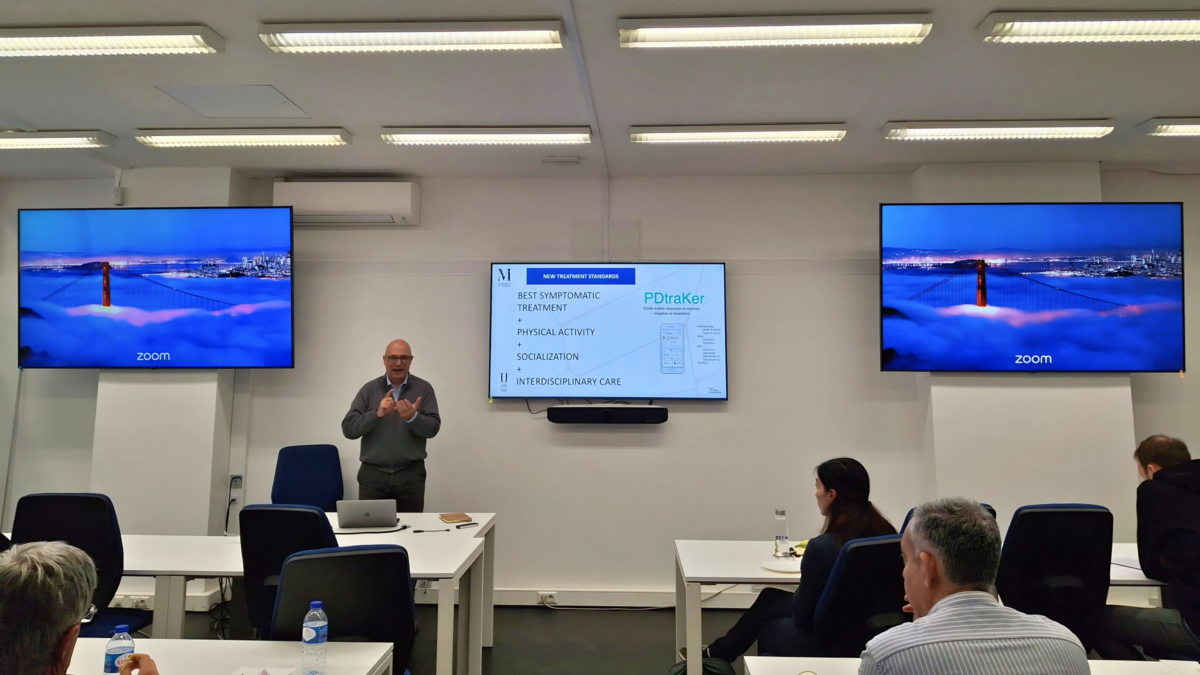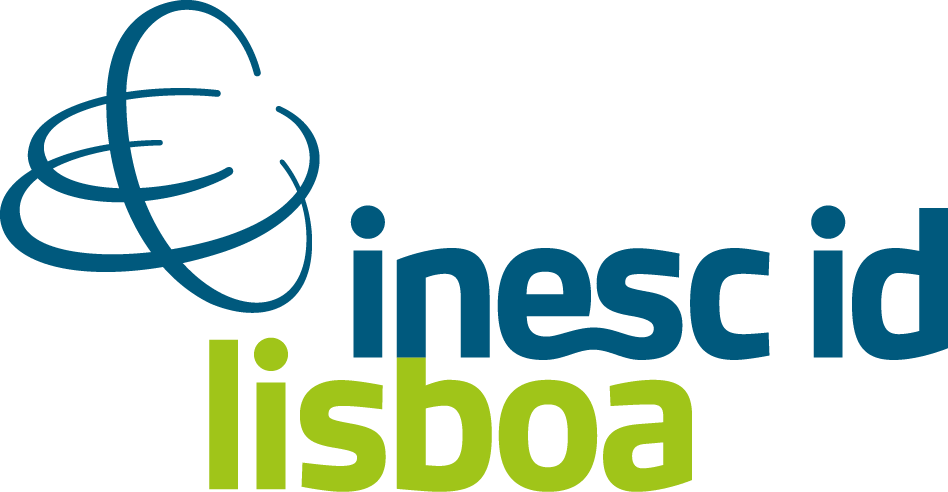
Promoting health, reinventing care: INESC-ID hosts session to explore opportunities for interdisciplinary collaboration
“We need to seduce others into joining this project,” said neurologist and professor at Faculdade de Medicina da Universidade de Lisboa, Joaquim Ferreira, referring to the ambitious new clinical, academic, and research campus being developed in Torres Vedras. “I’m here to identify windows of opportunity for collaboration.”
This was the spirit of the most recent session of Bring Your Challenge to Us, a series hosted by INESC-ID thematic line Life and Health Technology (LHT), with the aim of connecting external researchers in the life sciences and health domains with our own community of experts. The goal is to explore how INESC-ID’s knowledge in areas such as data analysis, algorithms, artificial intelligence, augmented reality, and high-performance computing can be leveraged to tackle pressing health-related challenges.
Joaquim Ferreira’s invitation was compelling: to be part of a paradigm shift in health and community care. With nearly 2% of Portugal’s population currently living with dementia—a figure projected to double by 2050—the urgency to act is clear. “We are failing to prepare for what lies ahead,” he warned. “We are not developing new drugs for these pathologies, nor are we improving the way we approach brain diseases. So, the real challenge is to optimise what we already know works. The brain is an intriguing organ.”
Ferreira, known for his pioneering work in movement disorders and neurodegenerative diseases, is the driving force behind the so-called Hospital Maravilha (“Wonder Hospital”) in Torres Vedras—an innovative project that aims to reinvent how interdisciplinary healthcare is delivered. “Today, we treat patients more and more like football coaches treat athletes,” he said, stressing that the medical community needs to rewrite its approach to care.
At the heart of this reinvention is the future Health Technology Research Center, a major research facility within the Torres Vedras campus of the Faculty of Medicine of the University of Lisbon. With a strong emphasis on community health and clinical research, this center will link technological innovation with clinical needs, offering a unique testbed for solutions in biomedical engineering, AI, computer science, and medical devices—domains where INESC-ID has extensive expertise.
For INESC-ID researchers, this represents an exceptional opportunity. “The interdisciplinarity is not optional,” Ferreira noted. “Especially in healthcare.” The Hospital Maravilha project and its challenges offer fertile ground for joint initiatives, including participation in European-funded collaborative projects focused on addressing real-world clinical issues.
From the perspective of INESC-ID’s LHT thematic line — which brings together over 50 PhD researchers across various scientific domains, under the leadership of researcher Ana Teresa Freitas and the executive coordination of Ruxandra Barbulescu — the session with Ferreira was a perfect match. The thematic line aims to foster multidisciplinary research in life and health sciences, and its strategy strongly aligns with three of INESC-ID’s institutional pillars: Internationalization, Technology Transfer, and Societal Impact.
In this context, the LHT has defined three priorities for the coming years: strengthen the sense of belonging within the community of researchers; explore opportunities for technology transfer from research to practice; promote interdisciplinary projects and external collaborations.
As we can clearly see, Joaquim Ferreira’s vision, and his invitation to contribute to the Torres Vedras campus, is fully aligned with this third priority, offering an opportunity for INESC-ID researchers to work in a field that increasingly depends on the convergence of medicine, engineering, and computing.
As the session concluded, the message was clear: the challenges are urgent, the opportunities are many, and the time to act is now.
Images | © 2025 INESC-ID
